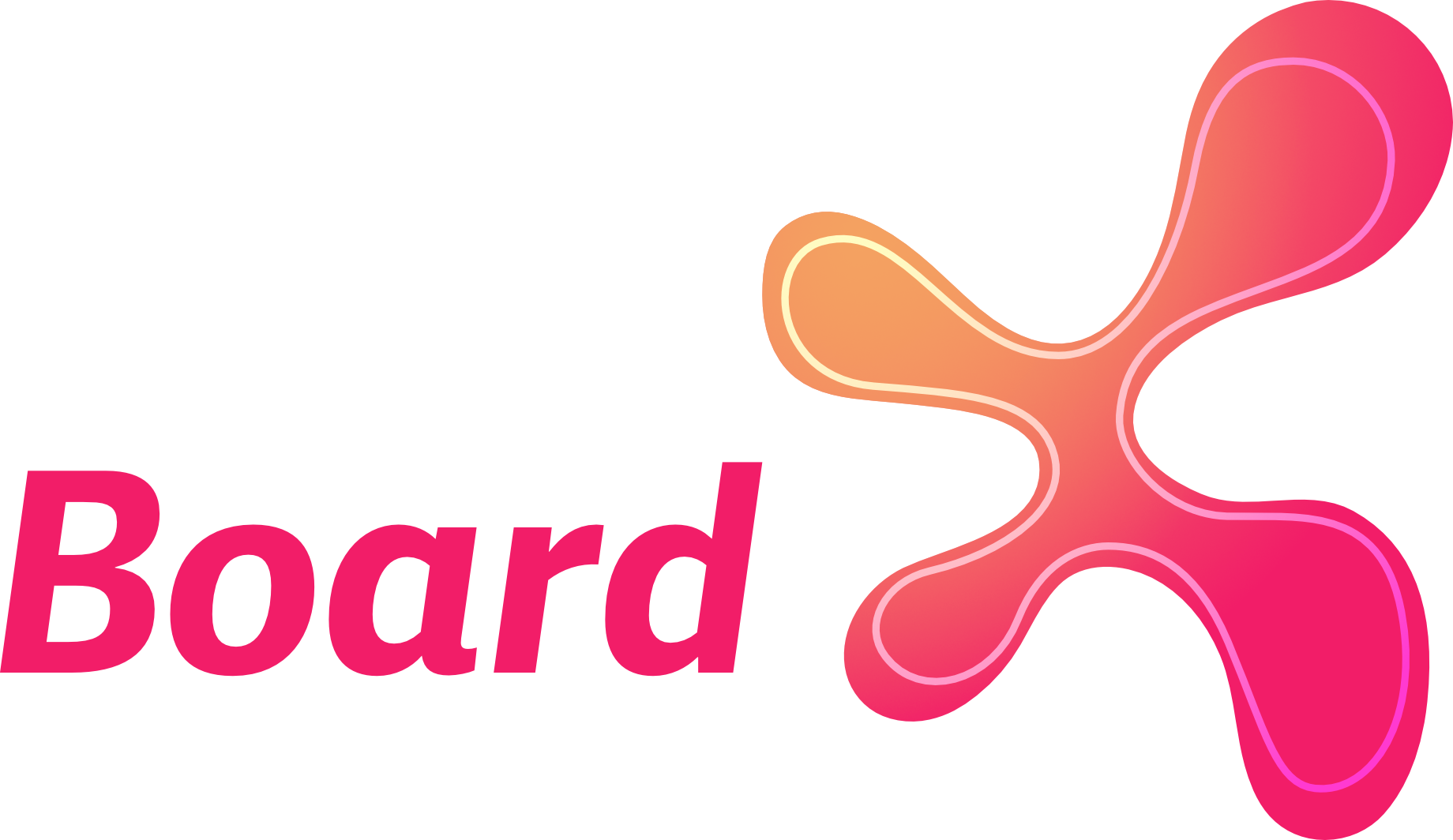Unlocking the Power of Personas: Enhancing Chinese Language Education with AI
In today's dynamic educational landscape, understanding and catering to diverse learner needs is crucial. This blog explores the concept of personas and how they can be applied to innovate and improve the experience of a Chinese language school. We'll also delve into the potential of AI in fostering collaboration within the school community.
Understanding Personas in Education
What Are Personas?
Personas are fictional characters representing distinct user types within a targeted demographic. They encompass various attributes such as goals, motivations, pain points, and behavior patterns. In the educational context, personas help educators tailor their teaching strategies to meet the diverse needs of their students.
The Power of Personas
- Enhanced Engagement: By understanding student personas, educators can create more engaging and relevant learning experiences.
- Personalized Learning: Personas enable the customization of teaching methods to suit individual learning styles and preferences.
- Strategic Planning: Schools can use personas to align their curriculum development and resource allocation with student needs.
The Four Personas of the Chinese Language School
Persona 1: Jack Li - The Cultural Connector
- Bio: Jack, an 8-year-old student, is born into a Chinese-speaking family in the U.S.
- Goals: Achieve fluency in Chinese to connect with his cultural roots.
- Pain Points: Struggles with language complexity and balancing extracurricular activities.
- Motivations: Passion for Chinese culture and desire for personal growth.
- Learning Habits: Enjoys interactive learning and benefits from structured environments.

Persona 2: Lily Zhang - The Career Climber
- Bio: Lily, a 28-year-old marketing manager, seeks to learn Mandarin for professional advancement.
- Goals: Proficiency in conversational Mandarin to enhance her career.
- Pain Points: Difficulty with Chinese characters and tones.
- Motivations: Career growth and cultural appreciation.
- Learning Habits: Utilizes flashcards and language apps, enjoys visual learning.

Persona 3: Jessica Carter - The Cultural Novice
- Bio: Jessica, a 28-year-old marketing manager, is new to Chinese culture and language.
- Goals: Acquire Mandarin skills for her new role in China.
- Pain Points: Time constraints and lack of cultural experience.
- Motivations: Career opportunities and relationship building.
- Learning Habits: Prefers interactive methods and collaborative learning.

Persona 4: Sarah Smith - The Aspiring Explorer
- Bio: Sarah, a 13-year-old student, is fascinated by Chinese culture.
- Goals: Achieve language proficiency for future opportunities.
- Pain Points: Struggles with language complexity and time management.
- Motivations: Passion for cultural exploration and career aspirations.
- Learning Habits: Engages in class activities and uses technology for learning.

Applying Personas to Innovate Language Education
Tailoring Curriculum and Resources
By leveraging personas, schools can design curriculum and learning resources that resonate with different student needs. For instance, incorporating interactive activities for Jack or visual aids for Lily can enhance the learning experience.
Fostering Community Engagement
Understanding personas aids in creating a supportive school community. Schools can organize cultural events or language clubs that align with students' motivations, fostering a sense of belonging and engagement.
Integrating AI for Enhanced Interaction
AI can play a pivotal role in customizing learning experiences. AI-driven platforms can offer personalized feedback, track progress, and suggest tailored resources, helping students like Jessica and Sarah achieve their goals more effectively.
Embracing a Collaborative Future with AI
Building a Connected School Community
AI can facilitate collaboration among teachers, students, and parents, creating a cohesive learning environment. Through AI-powered communication tools, schools can foster a sense of community and support.
Encouraging Innovative Teaching Approaches
AI enables teachers to experiment with innovative teaching methods, such as gamified learning experiences or AI-assisted language practice, making education more interactive and effective.
Preparing for the Future
As technology evolves, integrating AI into language education will become increasingly important. Schools that embrace this change will be better equipped to provide a modern, effective, and inclusive learning experience.
Conclusion
Incorporating personas in education allows schools to connect with students on a personal level, tailoring experiences to their unique needs. By leveraging AI, schools can enhance collaboration and innovation, paving the way for a brighter future in language education. As we move forward, embracing diverse perspectives and cutting-edge technologies will be key to unlocking the full potential of learners.


Comments ()